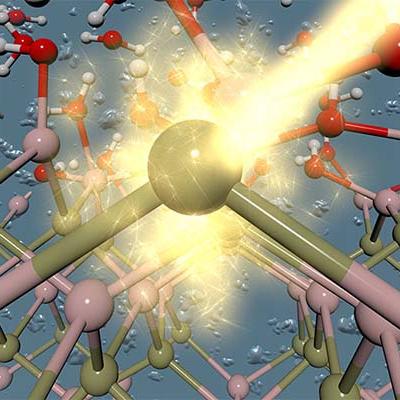The LLNL method for optimizing as built optical designs uses insights from perturbed optical system theory and reformulates perturbation of optical performance in terms of double Zernikes, which can be calculated analytically rather than by tracing thousands of rays. A new theory of compensation is enabled by the use of double Zernikes which allows the performance degradation of a perturbed…
Keywords
- Show all (88)
- Additive Manufacturing (37)
- Synthesis and Processing (16)
- 3D Printing (7)
- Materials for Energy Products (6)
- Material Design (4)
- Manufacturing Improvements (3)
- Manufacturing Automation (2)
- Membranes (2)
- Additively Manufactured (AM) Optics (1)
- Electric Grid (1)
- Magnet Compositions (1)
- Manufacturing Simulation (1)
- Material Characterization (1)
- Microfabrication (1)
- Sensors (1)
- Structural Materials (1)
- Volumetric Additive Manufacturing (1)
- (-) Instrumentation (1)
- (-) Precision Engineering (1)
Image

Dubbed the "LLNL Chemical Prism", the LLNL system has use wherever there is a need to separate components of a fluid. A few examples include:
- Chemical detection for known and previously unknown chemicals or substances
- Separation of biomolecules from a cellular extract
- Fractionation of a complex mixture of hydrocarbons
- Forensic analysis of…

